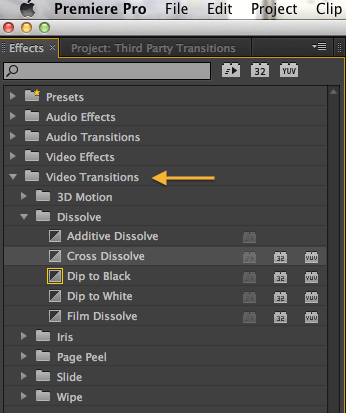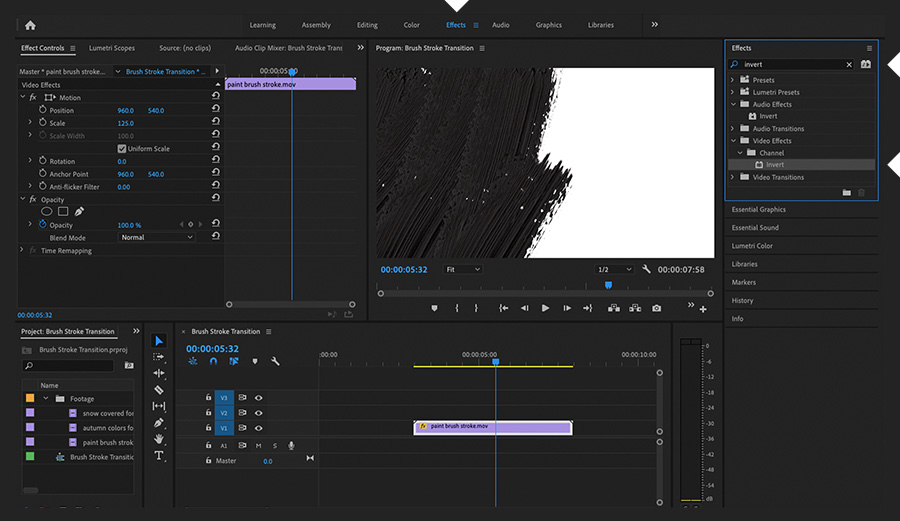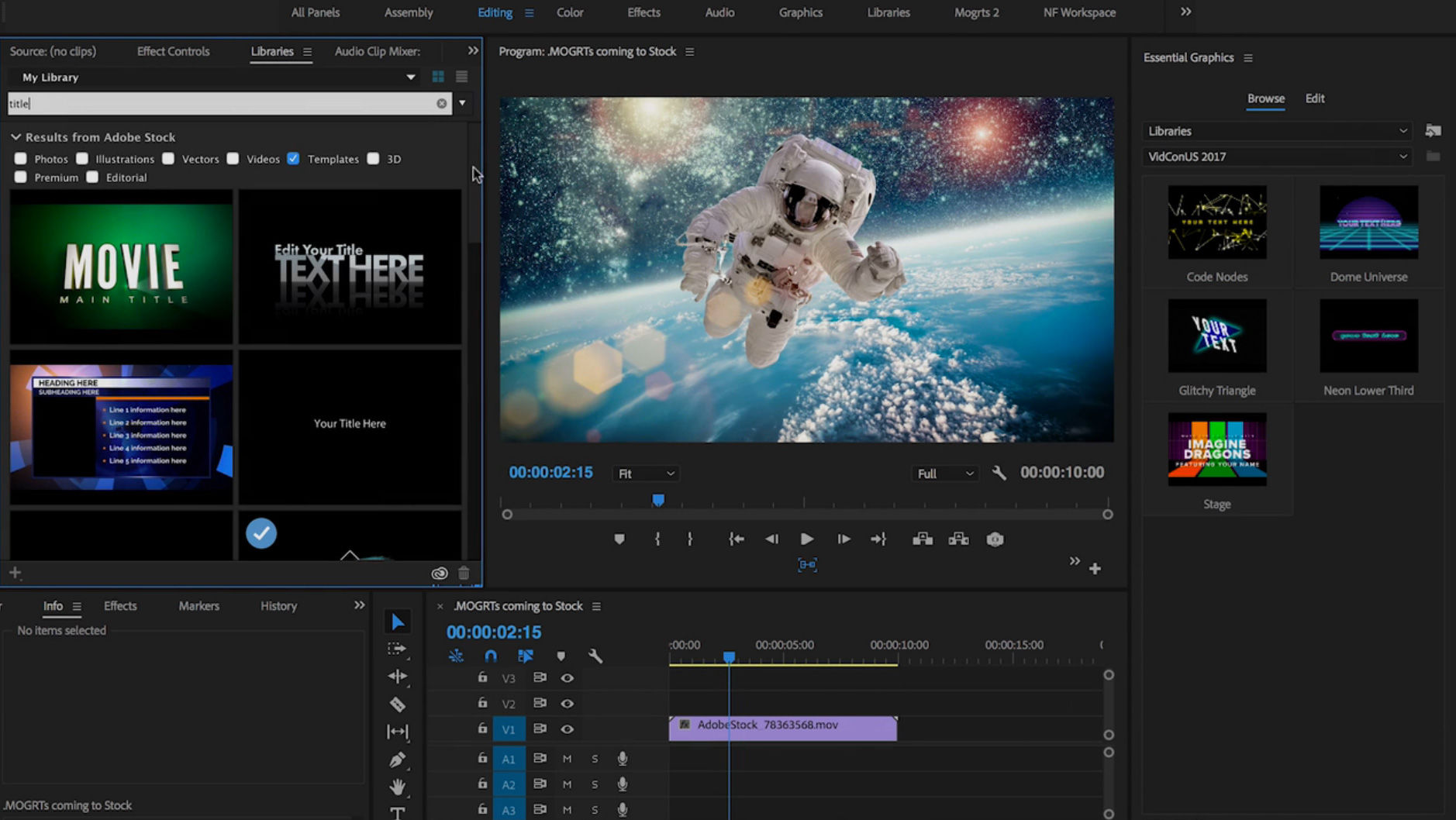

- Adobe premiere effects full#
- Adobe premiere effects pro#
Most often, the default of 360 degrees horizontal by 180 degrees of vertical is what you want – a full sphere.
The Horizontal and Vertical Captured View fields allow you to specify how many degrees of view are actually contained in a full frame. Read on for an explanation of these differences. The sequence can only support one type of footage at a time. This can either be Monoscopic, Stereoscopic - Over/Under, or Stereoscopic - Side by Side. Next choose the layout based on the type of camera and footage you shot. Adobe premiere effects pro#
Currently, Premiere Pro only supports a single projection format: Equirectangular.
 Enable VR on your sequence by choosing a projection. At the bottom of the dialog box will be a VR Properties section. Go to the menu and select Sequence > Sequence Settings. While Premiere has automatic VR property detection when importing media, here are the steps for manually enabling VR in sequence settings. You can import your 360 footage into Premiere like you would any regular video. While other editing software supports 360 video, this article will focus solely on the editing workflow in Adobe Premiere Pro CC. This will include trimming the clips, adding multimedia elements, and more.
Enable VR on your sequence by choosing a projection. At the bottom of the dialog box will be a VR Properties section. Go to the menu and select Sequence > Sequence Settings. While Premiere has automatic VR property detection when importing media, here are the steps for manually enabling VR in sequence settings. You can import your 360 footage into Premiere like you would any regular video. While other editing software supports 360 video, this article will focus solely on the editing workflow in Adobe Premiere Pro CC. This will include trimming the clips, adding multimedia elements, and more. 
On the other hand, editing is a broad umbrella term that we will use to refer to the post-production that occurs after stitching. Stitching is a common term that involves merging the separate camera inputs into single viewable format. You can read our guide to stitching here.Īfter you have completed stitching your footage, you can now “edit” them in traditional video editing software like Adobe Premiere Pro CC. Before you start editing your footage, make sure you have stitched your footage.







 0 kommentar(er)
0 kommentar(er)
